Women’s teams will struggle to fill race rosters under new rules, teams fear
“That’s not getting the level of cycling higher,” a move to seven woman squads could put too much pressure on teams and riders

Even the world's top teams will struggle to fill rosters for top stage races under new rules introduced by the UCI they fear.
Teams are to be expanded to seven riders on WorldTour stage races of six stages or more from next year but staff on multiple teams have told Cycling Weekly they will struggle to meet that requirement and that it may, counter-intuitively, harm the quality of the racing.
Top level women’s outfits have traditionally had small rosters and some fear teams will be under pressure to fill race squads, putting too much stress on riders.
In addition, they worry this will be exacerbated by the 2023 WorldTour calendar which will have more race days than ever before.
While the option of allowing teams to have seven riders has been open to race organisers for some time, in recent seasons the vast majority of races, and all WorldTour events, have only required six riders.
The change, which affects WorldTour races of six or more stages, comes as part of a raft of new regulations, published by the UCI in September, that come into force over the next two seasons.
Cycling Weekly has learned that the new seven rider rule, and a change allowing two cars in race convoys, was granted by the governing body after a request by the Women’s WorldTour working group of the teams’ association, UNIO.
Get The Leadout Newsletter
The latest race content, interviews, features, reviews and expert buying guides, direct to your inbox!
However, some still have concerns about the viability of bigger race squads.
“You see how many teams do not even have six riders now in normal races, if you need to find seven riders in a lot of races it’s going to be a big problem,” said SDWorx sports director, Anna van der Breggen at the recent WorldTour ranked Tour de Romandie Féminin.
After a glittering career, which brought her the Olympic road and three world titles, Van der Breggen is now part of the management at the world's top ranked team.
As if to prove her point, of the 16 teams racing in Romandie only five started with six riders, while SDWorx, whose Ashleigh Moolman-Pasio won the mountain stage and overall, and Trek-Segafredo, had only four. That meant the race began with just 82 riders. The current minimum is supposed to be 90.
“You need bigger teams, we don’t have enough riders already. For me it feels really strange to put in this rule at this moment, they’re not helping teams. In the future it might be possible but not at this point.”
Though full team rosters for next season have not yet been made public, none of the current 14 WorldTour teams in 2022 have have anywhere near the maximum permitted number of 20 women. Van der Breggen thinks that number is unachievable.
“It’s already difficult to get enough riders for next year, if we have 20 or 30 we won’t get it anyway, it’s difficult to find the riders and manage the budget to have enough riders.”
Cycling Weekly understands part of the issue is rising rider wages, caused by more money coming into the sport, including from some new teams, which has created a seller’s market.
Multiple sources have told us of riders with no victories asking for six figure sums to join teams.
“Salaries are crazy high at the moment, that it’s getting higher is a good thing, but if you need more riders you need more budget,” continued Van der Breggen.
“You want to have riders who can do a proper race and develop and get better, and not only put riders on the schedule to do a race because they are the only ones left. That’s not getting the level of cycling higher, it’s making it worse again.
“We try to improve, we need to improve, but this makes it more difficult.”
Like van der Breggen, prolific sprinter Giorgia Bronzini is also a double road world champion, and now lead sport director at WorldTour squad Liv Racing Xstra. The Italian sees the change from a different angle.
“It’s fair enough, if that rule means that we have one less little team then the bunch is maybe at a higher level and there are fewer differences on the general classification. And it’s up to you if you’re going to bring seven or not,” she explained, suggesting some teams might only fill their rosters in races they are targeting.
Expanding calendar headache
Though WorldTeams are not yet required to ride all WorldTour races, there is an issue with the increasing number of top tier race days, which has been causing concern for a while. Since 2019 it has increased from 54 days to 80 next year.
“The WorldTour is a lot of days and if we are going to be obligated to do it all then it’s not going to be supported by teams. You need to increase budgets of the WorldTour teams.”
There’s another issue bothering Bronzini. “They need to change the support race organisations give to teams. In a lot of tours they only provide rooms for four staff and six girls, with more girls you think the team is going to have the same amount of staff?”
So what about race organisers? UK company Sweetspot have been running the standard-setting Women’s Tour since 2014 which, at six days, is affected by the roster increase.
“We’ve normally run close to the minimum number of teams required for a WorldTour event which has changed over time,” a spokesman told us. “We’re not sure whether it will be 17 or 18 mandatory invitees in 2023. If all 18 teams brought seven riders then we would have our largest ever field for the Women’s Tour, so the implication is cost, another 100+ bed nights to pay over the course of the race would cost up to £10,000."
They added: "We are still in a very tough sponsorship market for attracting income. This is another extra cost when we are coming from two really tough years.”
Positive progress
Many of the other regulation amendments have been welcomed though.
The ability for teams to appoint replacement riders for others on maternity leave is a groundbreaking move, though the replacement cannot already be registered with a UCI team.
It was already known the Women’s Under-23 category, which debuted at the recent World Championships, would be run as standalone events from 2025, but maximum and minimum distances of 140km and 110km have been revealed. In tandem the elite Worlds and Olympic race distances have been increased.
The minimum wage will continue to be increased, and institution of development teams for Women’s WorldTeams has also been formalised. Trainees (stagiaires), and ‘new riders’ (neo-pros) are also formally defined, with a lower minimum wage for the latter.
“I think that’s a really good thing,” Van der Breggen said, the move allowing teams to have extra riders they can develop without disproportionately impacting budgets.

Thank you for reading 20 articles this month* Join now for unlimited access
Enjoy your first month for just £1 / $1 / €1
*Read 5 free articles per month without a subscription

Join now for unlimited access
Try first month for just £1 / $1 / €1
Owen Rogers is an experienced journalist, covering professional cycling and specialising in women's road racing. He has followed races such as the Women's Tour and Giro d'Italia Donne, live-tweeting from Women's WorldTour events as well as providing race reports, interviews, analysis and news stories. He has also worked for race teams, to provide post race reports and communications.
-
 'This is the marriage venue, no?': how one rider ran the whole gamut of hallucinations in a single race
'This is the marriage venue, no?': how one rider ran the whole gamut of hallucinations in a single raceKabir Rachure's first RAAM was a crazy experience in more ways than one, he tells Cycling Weekly's Going Long podcast
By James Shrubsall
-
 Full Tour of Britain Women route announced, taking place from North Yorkshire to Glasgow
Full Tour of Britain Women route announced, taking place from North Yorkshire to GlasgowBritish Cycling's Women's WorldTour four-stage race will take place in northern England and Scotland
By Tom Thewlis
-
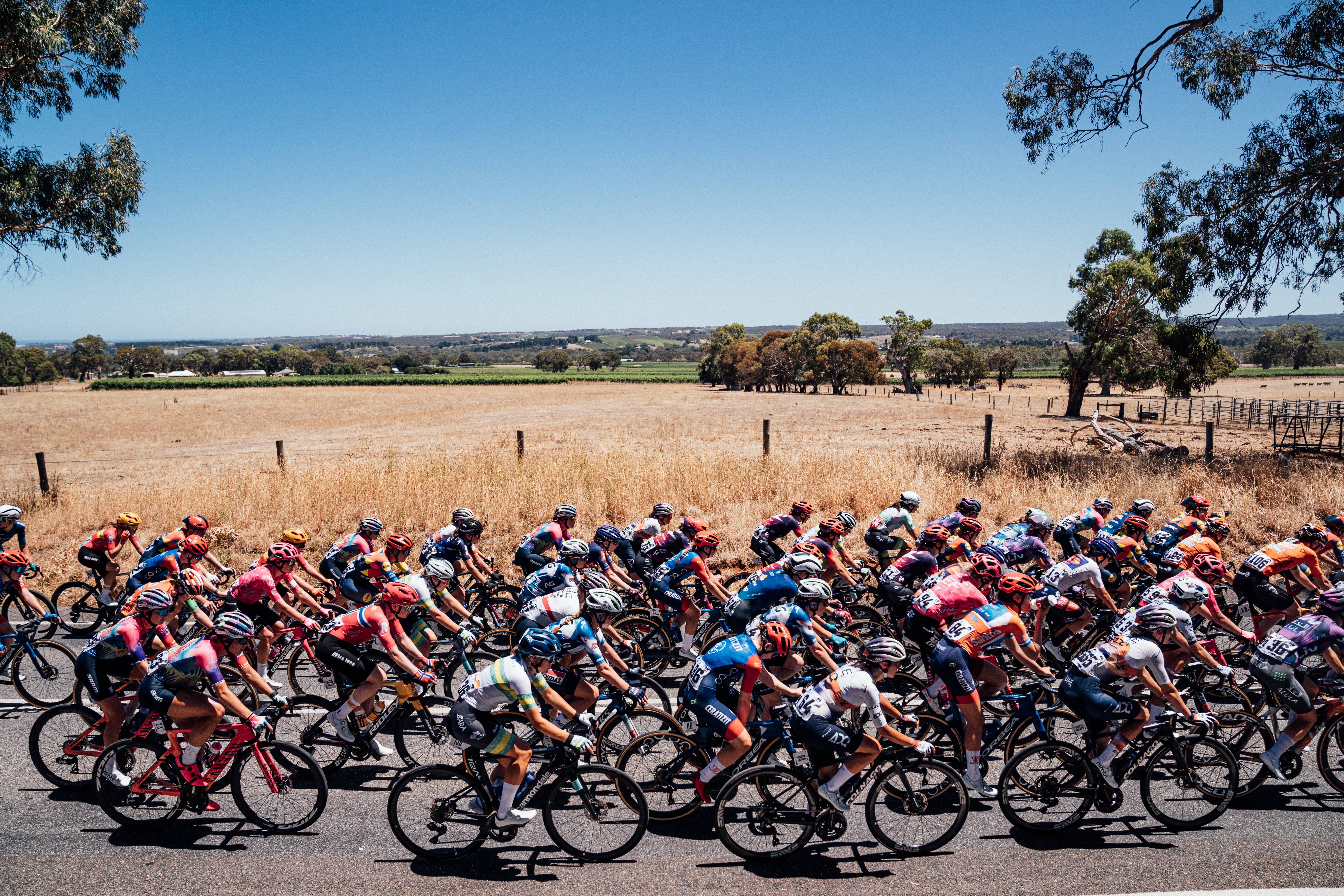 Women's WorldTour 2025: Everything you need to know about the teams
Women's WorldTour 2025: Everything you need to know about the teamsMeet the 15 squads that compete in the top tier of racing
By Tom Davidson
-
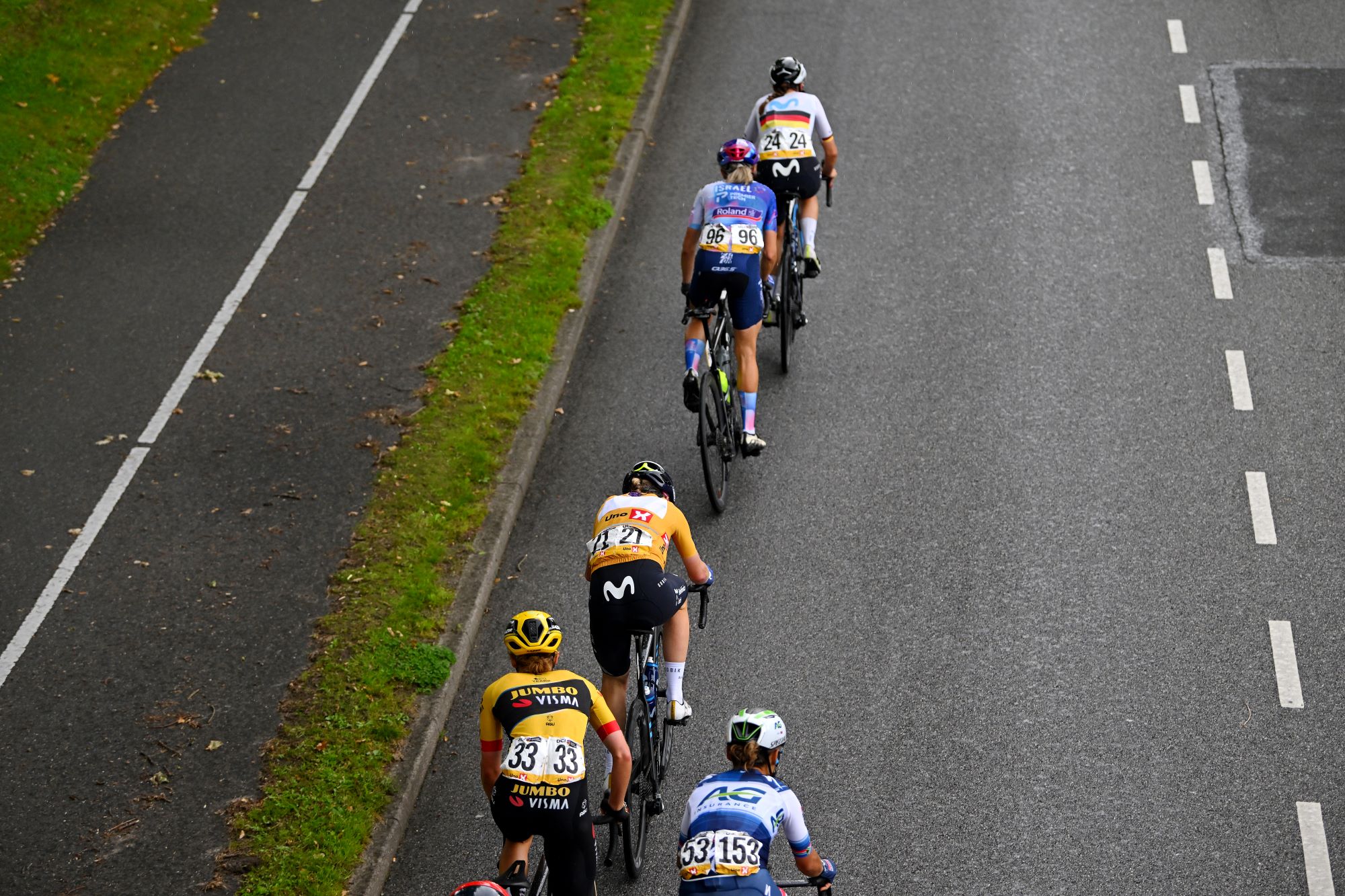 Women’s WorldTour calendar suffers blow as important stage race axed
Women’s WorldTour calendar suffers blow as important stage race axedTour of Scandinavia no more due to lack of interest from sponsors and host broadcasters
By Tom Thewlis
-
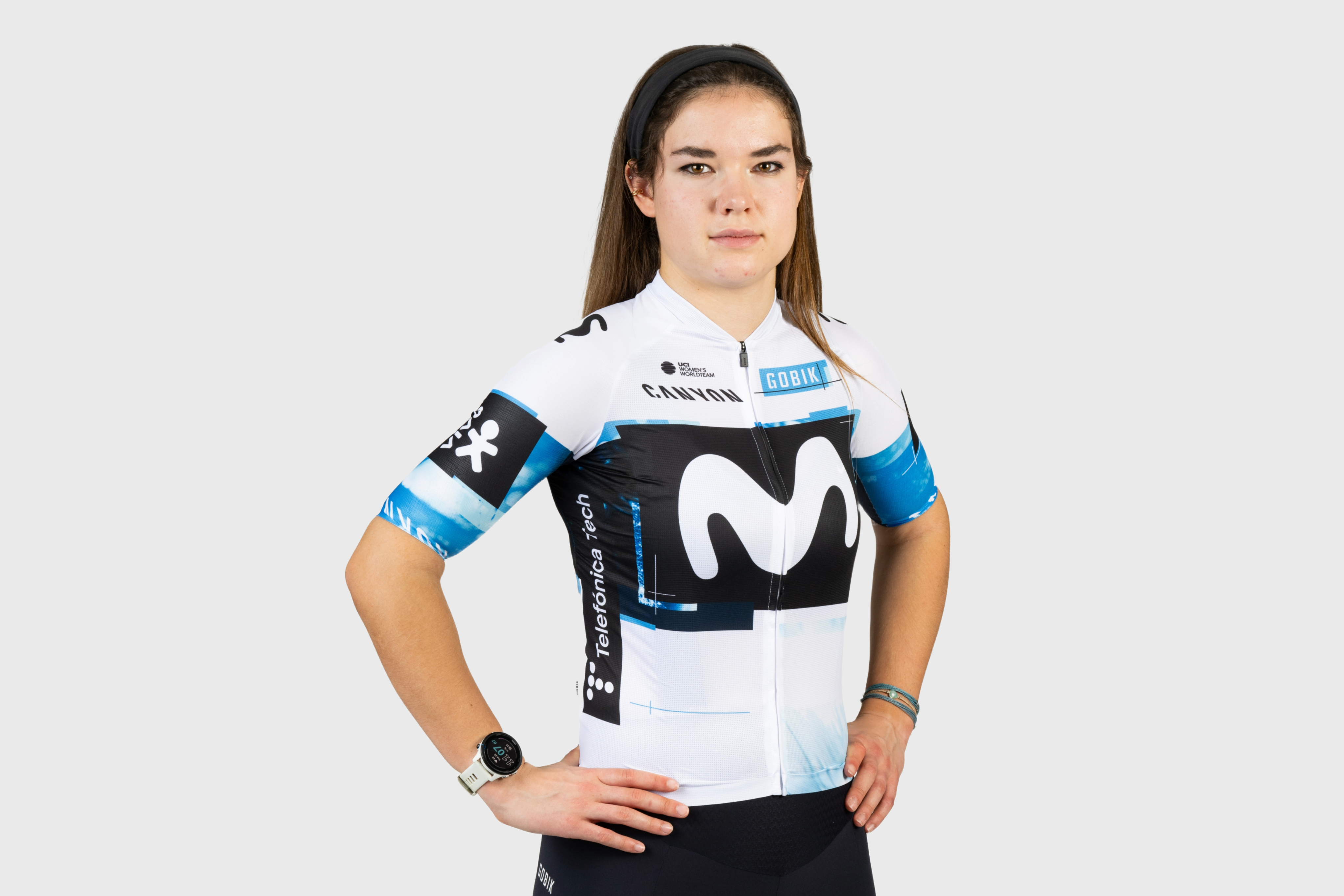 'It's a bit scary' - WorldTour's youngest rider to pair schoolwork with racing
'It's a bit scary' - WorldTour's youngest rider to pair schoolwork with racingA-level student Carys Lloyd is one of Movistar's latest recruits
By Tom Davidson
-
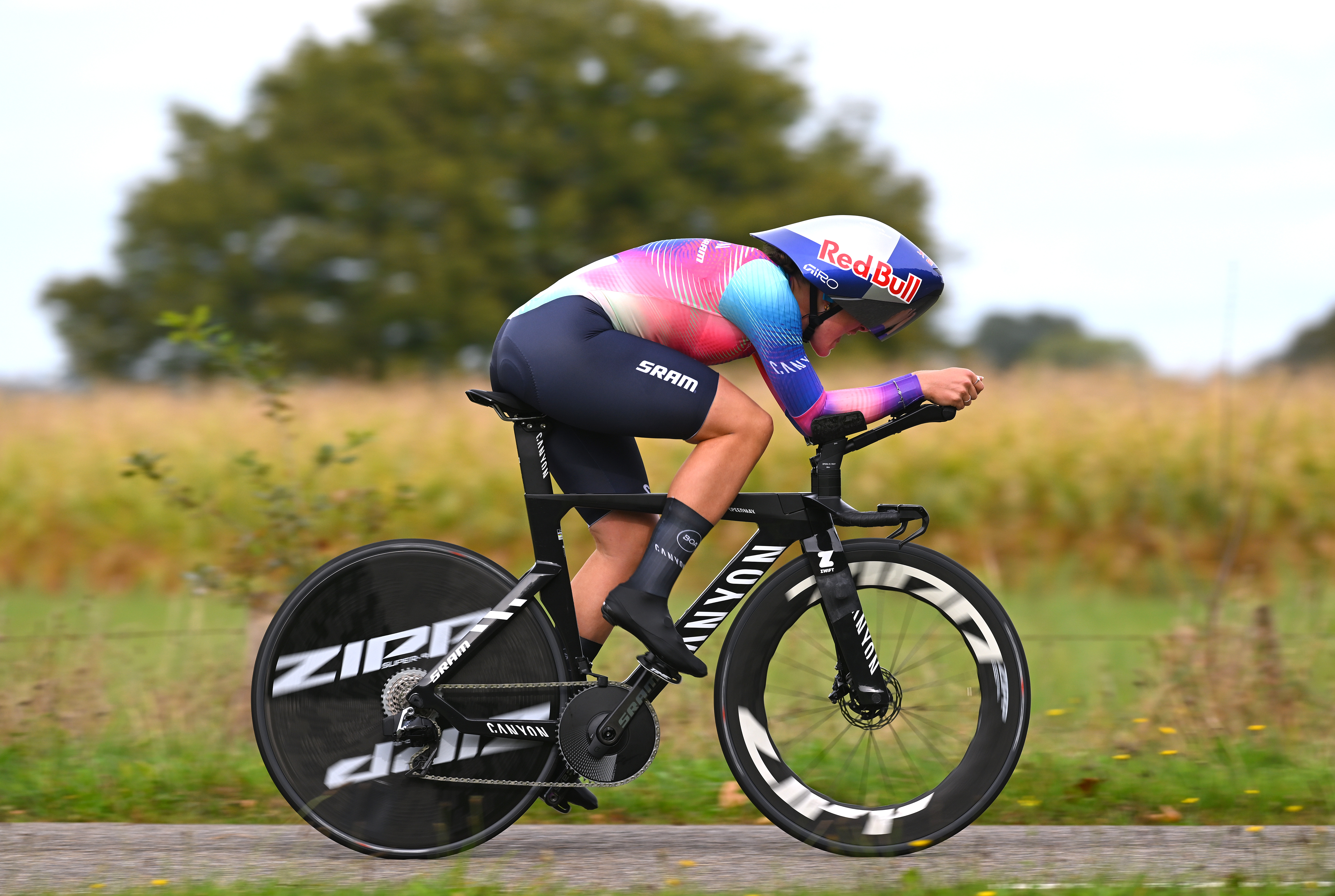 'I had my dad in the car behind me' - Zoe Bäckstedt takes special first pro win
'I had my dad in the car behind me' - Zoe Bäckstedt takes special first pro win20-year-old Brit claims victory over time trial specialists at Simac Ladies Tour
By Tom Davidson
-
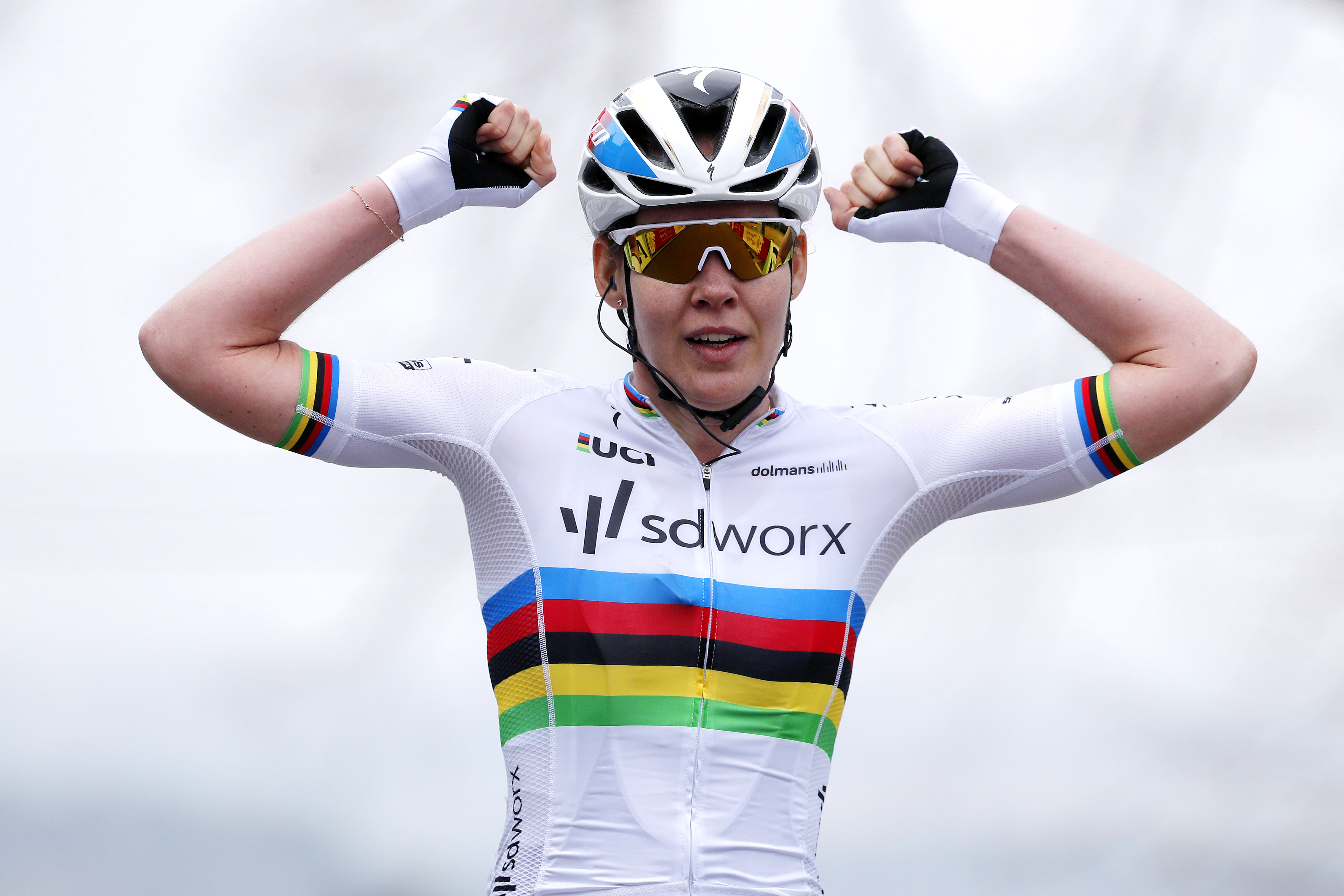 'If I want to return as a cyclist, it's now or never' - Anna van der Breggen announces surprise return to professional cycling in 2025
'If I want to return as a cyclist, it's now or never' - Anna van der Breggen announces surprise return to professional cycling in 202534-year-old retired at the end of the 2021 season, and has been working as a DS at SD Worx-Protime
By Adam Becket
-
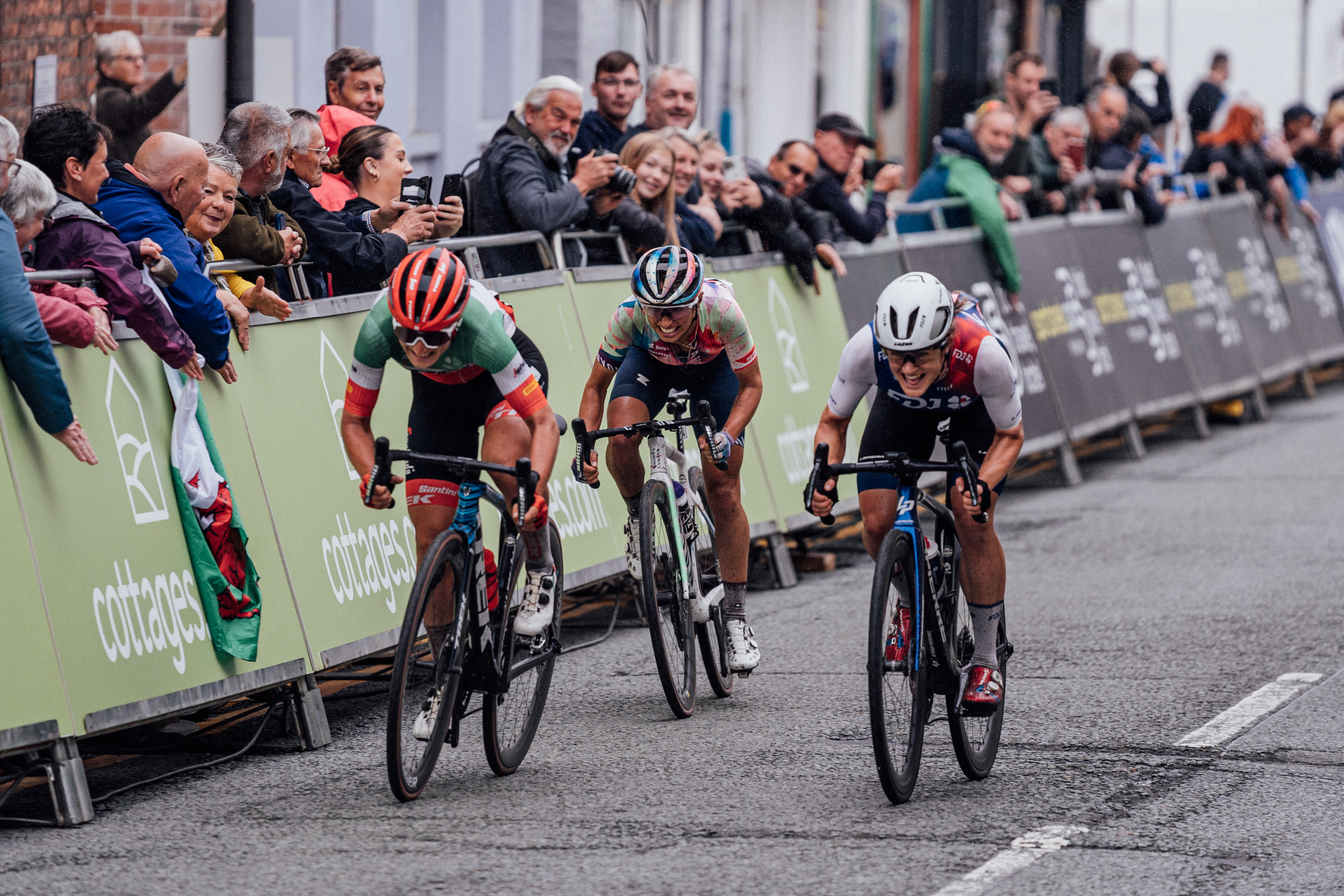 WorldTour teams cite Brexit and race uncertainty as reasons for skipping Tour of Britain Women
WorldTour teams cite Brexit and race uncertainty as reasons for skipping Tour of Britain WomenOnly four of 15 Women's WorldTour teams set to take start line in Welshpool next month
By Tom Davidson
-
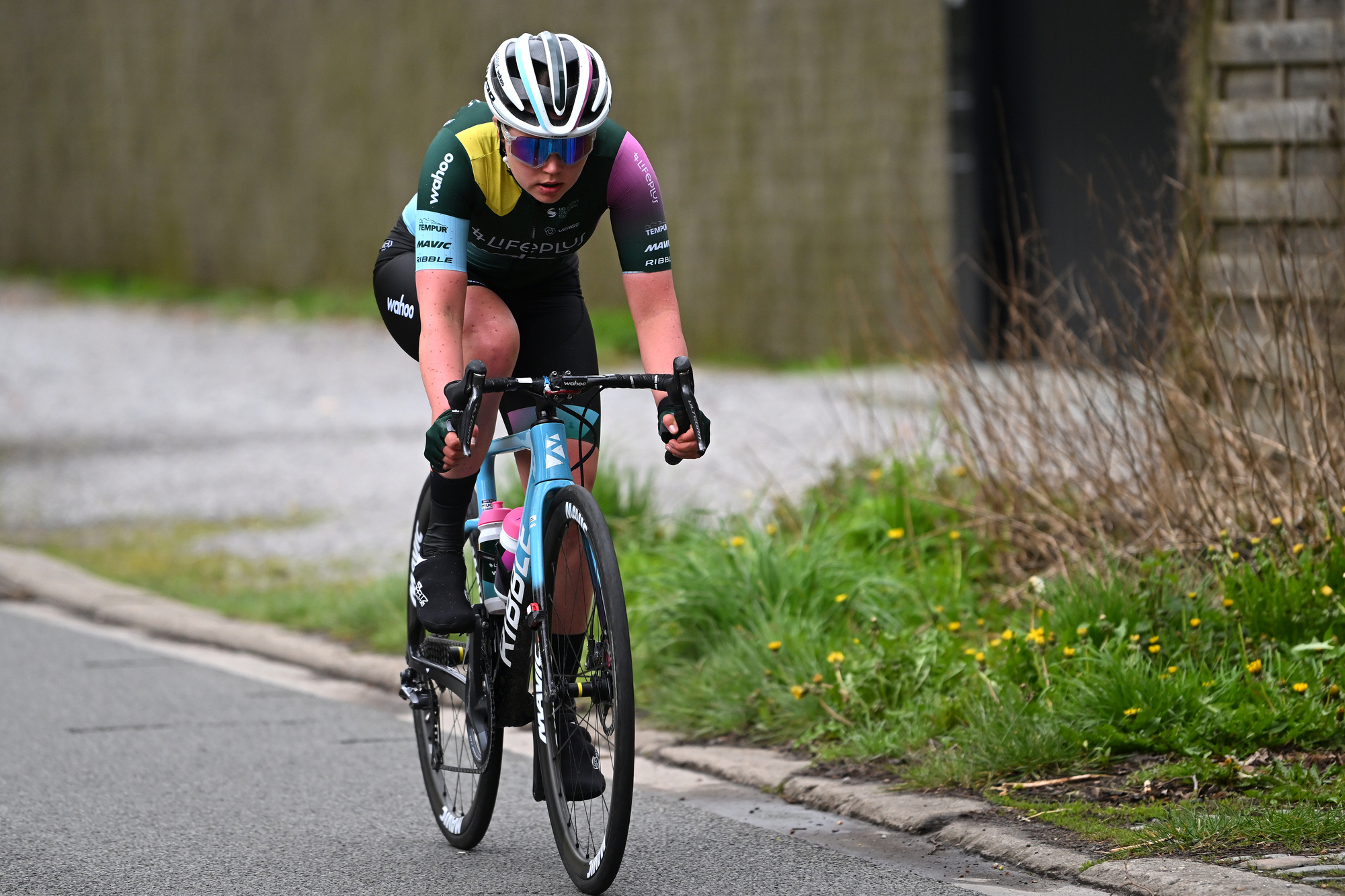 Russian female cyclist to withdraw membership of army club that partly funds her
Russian female cyclist to withdraw membership of army club that partly funds herMaria Novolodskaia competed in the Women's WorldTour in 2022 for UAE-Team ADQ
By Chris Marshall-Bell
-
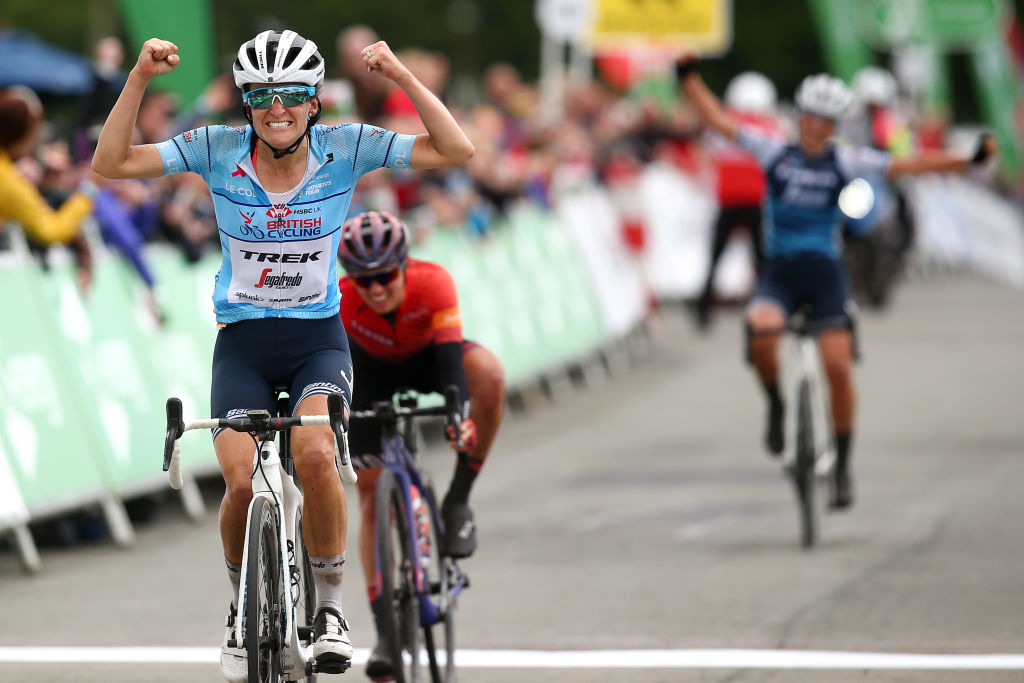 Lizzie Deignan: 'It’s a shame someone can’t see the value of the Women’s Tour'
Lizzie Deignan: 'It’s a shame someone can’t see the value of the Women’s Tour'The Women’s Tour’s only double winner expresses her disappointment after the cancellation of the 2023 race
By Owen Rogers